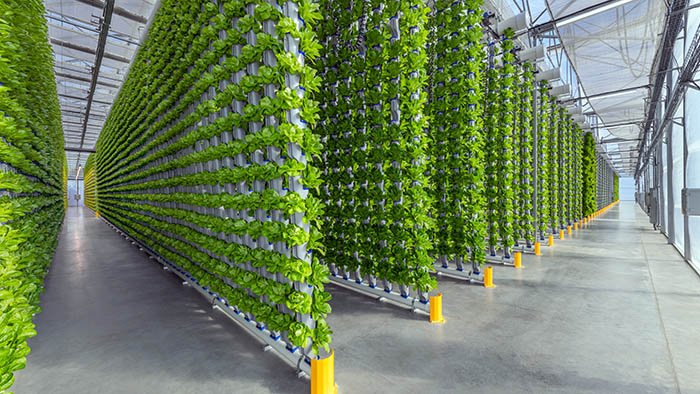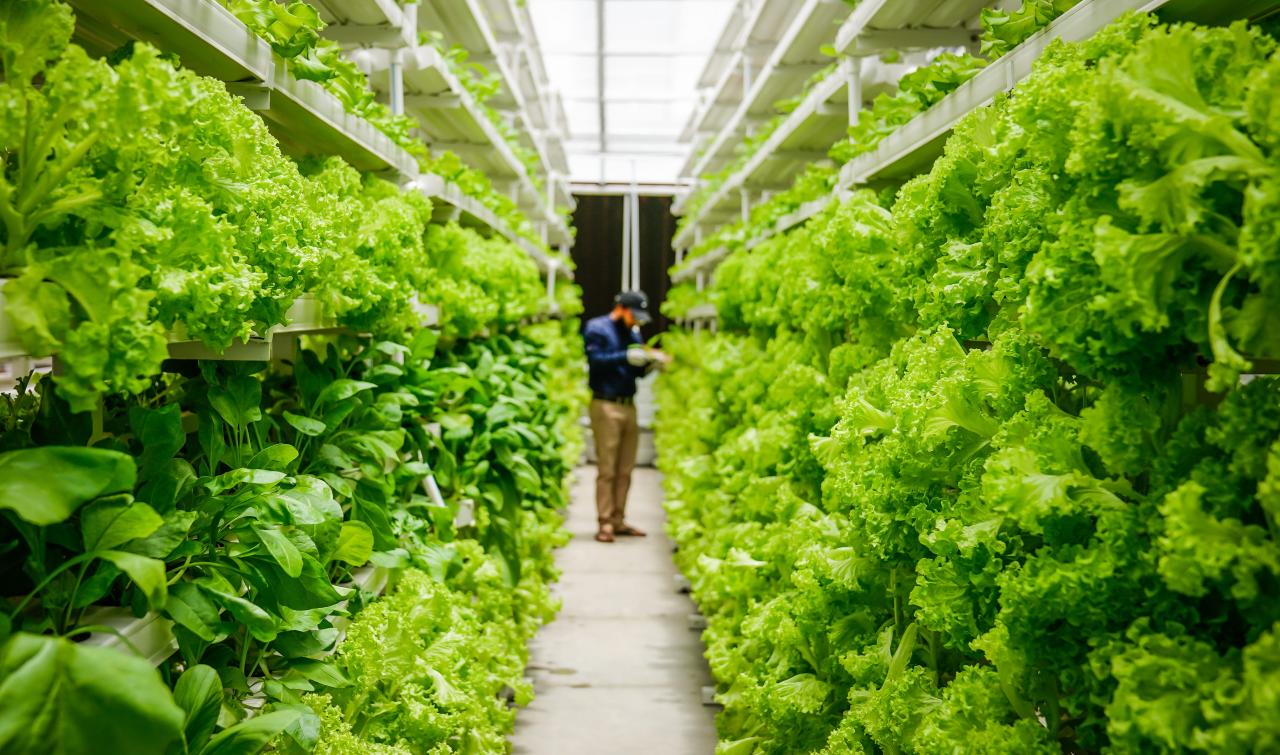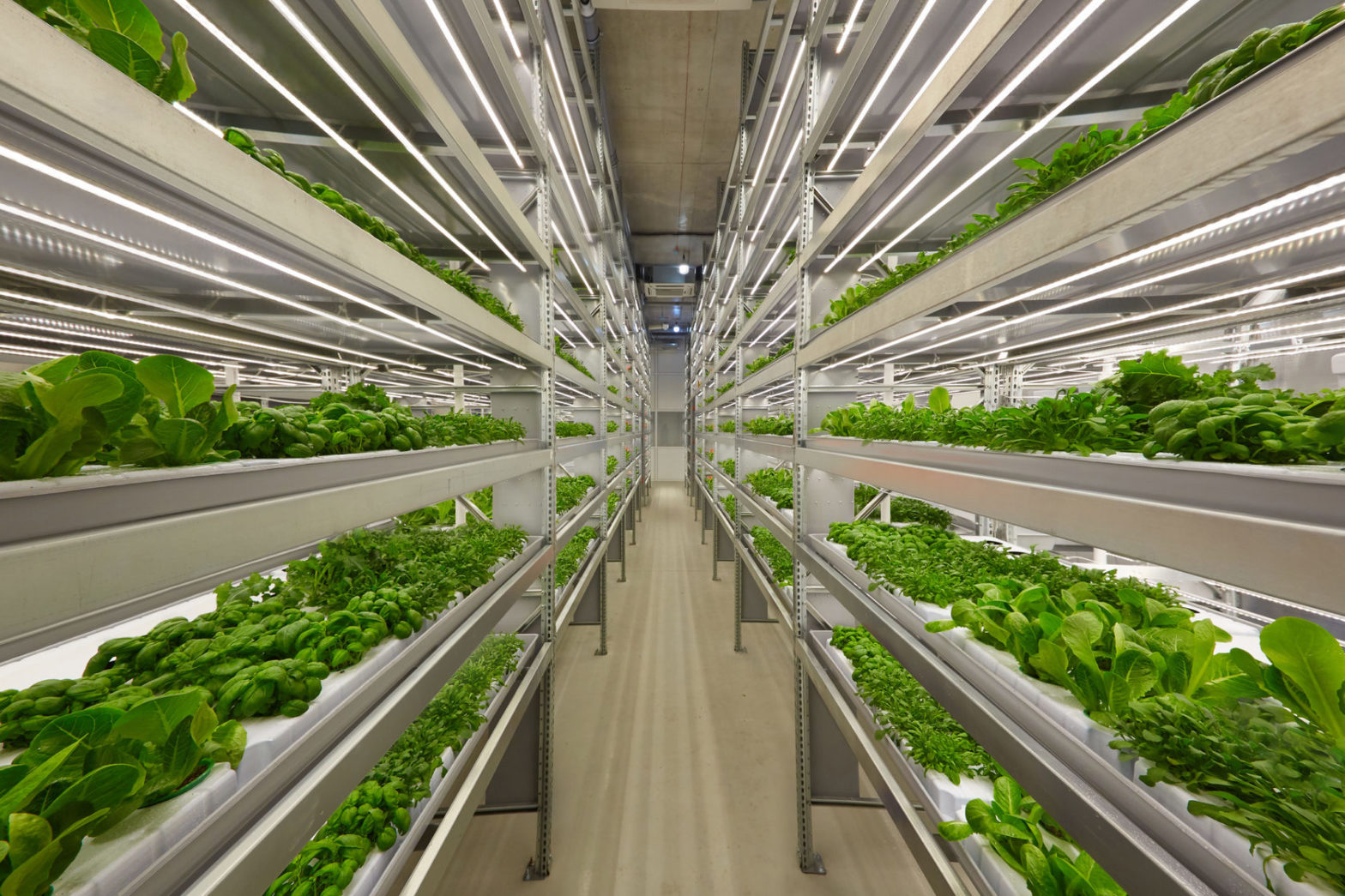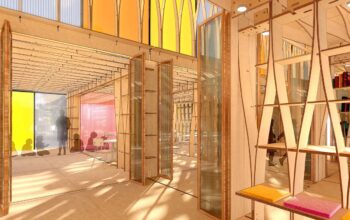The traditional agricultural landscape, characterized by vast expanses of rural land, is undergoing a profound transformation as humanity grapples with the converging challenges of rapid urbanization, climate change, and global food security. A revolutionary solution is rapidly gaining traction and literally reaching new heights: the blooming of urban vertical farms. These innovative agricultural systems cultivate crops in vertically stacked layers, typically indoors, often integrated into urban buildings or dedicated high-rise structures. By leveraging controlled environments, advanced technologies, and proximity to consumers, vertical farms are poised to fundamentally reshape our food systems, making fresh, nutritious produce more accessible, sustainable, and resilient in the face of an uncertain future.
The emergence and rapid expansion of urban vertical farms are driven by a compelling need to rethink food production in a world where arable land is shrinking, water resources are becoming scarce, and the carbon footprint of food transportation is increasingly unsustainable. What was once confined to experimental labs is now blossoming into a viable, scalable industry, attracting significant investment and pioneering new frontiers in agritech. This innovative approach promises to deliver food closer to where people live, minimize environmental impact, and provide consistent, high-quality yields regardless of external weather conditions.
The Imperative for Urban Vertical Farming

The challenges facing traditional agriculture are manifold, creating an urgent imperative for alternative food production methods like urban vertical farming:
- Rapid Urbanization and Shrinking Arable Land: As global populations continue to urbanize, prime agricultural land is often converted for residential, commercial, or industrial development. This reduces the land available for food production, making it harder to feed growing urban centers from distant rural areas. Vertical farms utilize minimal land footprint, often repurposing existing urban spaces.
- Food Security and Supply Chain Vulnerabilities: Long and complex food supply chains are susceptible to disruptions from extreme weather, political instability, pandemics, and transportation issues. Vertical farms, located within or very close to consumption centers, significantly reduce supply chain length and enhance local food security, making cities more resilient.
- Climate Change Impacts on Agriculture: Traditional outdoor farming is highly vulnerable to climate change impacts, including droughts, floods, unpredictable temperatures, and new pest outbreaks. Controlled environment agriculture (CEA) in vertical farms offers immunity from external climate vagaries, ensuring consistent yields year-round.
- Water Scarcity: Conventional agriculture is a massive consumer of freshwater, often inefficiently. Vertical farming systems, particularly hydroponics and aeroponics, can use up to 95% less water than traditional field farming because water is recirculated and evapotranspiration is minimized.
- High Transportation Costs and Carbon Footprint: Transporting food long distances from rural farms to urban markets incurs significant costs and generates substantial carbon emissions. Vertical farms drastically reduce “food miles,” leading to fresher produce and a smaller environmental footprint.
- Pesticide and Herbicide Use: Traditional farming often relies heavily on synthetic pesticides and herbicides to control pests and weeds. In controlled vertical farm environments, the need for these chemicals is virtually eliminated, resulting in cleaner, safer produce.
- Nutrient Depletion in Soil: Over-farming and conventional agricultural practices can lead to soil degradation and nutrient depletion. Vertical farming systems circumvent the need for soil, providing precisely controlled nutrient delivery directly to plant roots.
Core Technologies and Systems in Vertical Farming
The success of urban vertical farms relies on the sophisticated integration of various technologies and cultivation methods:
Controlled Environment Agriculture (CEA)
Precision Climate Control: Maintaining optimal temperature, humidity, and CO2 levels for specific crops throughout their growth cycle using advanced HVAC and environmental monitoring systems.
Lighting Systems: Utilizing energy-efficient LED lights tailored to specific photosynthetic wavelengths required by plants, replacing natural sunlight. This allows for optimized growth and energy savings.
Airflow Management: Ensuring consistent air circulation to prevent mold and disease, and to facilitate nutrient uptake by plants.
Hydroponics
Definition: A method of growing plants without soil, using mineral nutrient solutions dissolved in water.
Advantages: Uses significantly less water, faster growth rates, precise nutrient delivery, no soil-borne pests or diseases.
Common Systems: Nutrient Film Technique (NFT), Deep Water Culture (DWC), Drip Systems, Wick Systems.
Aeroponics
Definition: A system where plant roots are suspended in the air and misted with nutrient-rich water solutions.
Advantages: Even greater water efficiency than hydroponics, enhanced oxygenation for roots leading to faster growth, higher nutrient absorption.
Complexity: Requires more precise control and can be more technologically intensive.
Aquaponics
Definition: A symbiotic system combining aquaculture (raising aquatic animals like fish) with hydroponics. Fish waste provides nutrients for plants, and plants filter the water for the fish.
Advantages: Produces both protein (fish) and produce, highly sustainable, creates a closed-loop ecosystem.
Challenges: Requires careful balancing of the fish and plant ecosystems.
Vertical Stacking Configurations
Warehouse Farms: Large, repurposed industrial buildings optimized for vertical stacking.
Container Farms: Self-contained, portable vertical farms built inside shipping containers, ideal for rapid deployment.
Integrated Building Farms: Vertical farms designed as an integral part of new or existing residential or commercial buildings.
Tower Farms: Tall, purpose-built structures specifically designed for vertical farming, sometimes incorporating public access or retail spaces.
Automation and AI
Sensors and Monitoring: Extensive use of sensors to monitor temperature, humidity, CO2, nutrient levels, pH, and light intensity.
Robotics: Automated seeding, transplanting, harvesting, and packaging robots reduce labor costs and increase efficiency.
AI and Machine Learning: Algorithms analyze vast amounts of data to optimize growth recipes, predict yields, detect plant diseases early, and manage energy consumption, creating “smart farms.”
Benefits of Urban Vertical Farms
The widespread adoption of urban vertical farms offers a multitude of benefits:
- Year-Round Production, Regardless of Climate: Controlled indoor environments allow for continuous harvesting cycles, independent of seasonal changes or extreme weather events.
- Maximized Land Use Efficiency: Vertical stacking enables significantly higher yields per square foot compared to traditional farming, making efficient use of limited urban land.
- Dramatic Water Savings: Recirculating hydroponic and aeroponic systems use 70-95% less water than field farming, a critical advantage in water-stressed regions.
- Elimination of Pesticides and Herbicides: The controlled indoor environment largely negates the need for chemical pest and weed control, resulting in cleaner, safer produce.
- Reduced Food Miles and Fresher Produce: Growing food locally drastically cuts transportation distances, leading to fresher, more nutritious produce with longer shelf life and lower carbon emissions.
- Predictable and Higher Yields: Precise environmental control and optimized nutrient delivery lead to consistent, predictable, and often higher yields compared to outdoor farming.
- Reduced Soil Degradation and Runoff: As soil is not used, vertical farming prevents soil erosion, nutrient runoff into waterways, and reliance on fertile land.
- Job Creation: While some tasks are automated, vertical farms create new types of jobs in technology, engineering, horticulture, and logistics within urban centers.
- Educational Opportunities: Vertical farms can serve as living laboratories for STEM education, inspiring future generations in sustainable agriculture and technology.
Challenges and Considerations

While the potential benefits of urban vertical farms are transformative, their widespread adoption and economic viability are not without significant hurdles. Addressing these challenges is crucial for the industry to scale effectively and fulfill its promise of revolutionizing global food production.
High Initial Capital Costs
Infrastructure Investment: Establishing a large-scale, technologically advanced vertical farm requires a substantial upfront investment. This includes the cost of real estate in urban areas (which is often expensive), specialized building structures (whether new builds or retrofits of existing warehouses), and the complex internal infrastructure.
Technology and Equipment: The equipment itself is costly. This encompasses sophisticated LED lighting systems, climate control units (HVAC, dehumidifiers, CO2 enrichment systems), intricate hydroponic, aeroponic, or aquaponic systems (tanks, pumps, filters, piping), nutrient delivery systems, and advanced automation and robotics.
Research and Development: Ongoing R&D is necessary to optimize growth recipes for different crops, improve energy efficiency, and develop new technologies, adding to the initial financial burden before profitability can be achieved.
Financing Barriers: Traditional agricultural financing models may not always be suitable for vertical farms, which are more akin to high-tech manufacturing facilities than conventional farms. Securing appropriate funding can be a significant hurdle for startups.
Energy Consumption
Lighting Demands: Although LED technology has become incredibly efficient, it still represents the single largest energy draw in most vertical farms. Providing sufficient light intensity for optimal plant growth 24/7, across multiple vertical layers, requires substantial electricity.
Climate Control: Maintaining precise temperature, humidity, and CO2 levels year-round, regardless of external conditions, consumes significant energy for heating, cooling, and ventilation.
Water Pumping and Filtration: While water usage is minimized, the energy required to pump and filter water, and to prepare nutrient solutions, adds to the overall energy footprint.
Need for Renewable Energy: To truly be sustainable, vertical farms must ideally operate on 100% renewable energy sources. This often requires additional investment in solar, wind, or geothermal power infrastructure, or purchasing renewable energy credits, which can increase operational costs. Without renewable energy, the carbon footprint might simply shift from transportation to energy generation.
Limited Crop Variety (Economic Viability)
High-Value, Fast-Growing Crops: Currently, the economics of vertical farming primarily favor high-value, fast-growing crops like leafy greens (lettuces, spinach), herbs (basil, cilantro), and some small berries (strawberries). These crops have a high turnover rate and a premium market value that justifies the operational costs.
Staple Crops Challenge: Growing staple crops such as grains (wheat, rice), potatoes, or corn in vertical farms is currently not economically viable due to their lower market value per pound, longer growth cycles, and higher energy/space requirements to produce a significant yield. This means vertical farms alone cannot yet fully replace traditional agriculture for global food supply.
Research and Development Focus: Significant R&D is ongoing to expand the range of crops that can be economically grown, including efforts to improve light recipes, nutrient delivery, and automation for more complex plant architectures.
Notable Examples and Future Projections
Around the world, urban vertical farms are demonstrating their viability and potential:
- Aerofarms (Newark, USA): One of the largest indoor vertical farms globally, known for its aeroponic system and focus on leafy greens.
- Plenty (California, USA): Utilizes advanced AI and robotics to grow a variety of crops, aiming for massive scale and efficiency.
- Mirai (Japan): Pioneers in using LED lighting to optimize plant growth and has achieved significant yields with various crops.
- &ever (Singapore/Germany): Focuses on creating modular, stackable farms that can be deployed globally, emphasizing taste and freshness.
- Vertical Farm Institute (Austria): A non-profit organization dedicated to research, education, and promoting vertical farming solutions.
The future of urban vertical farming is projected to grow exponentially. Market research anticipates significant growth in the coming decade, driven by technological advancements, decreasing energy costs for LEDs, and increasing investment. We can expect:
- Diversification of Crops: Research will expand the range of economically viable crops beyond leafy greens.
- Integrated Urban Infrastructure: Vertical farms will become integral parts of new urban developments, directly supplying restaurants, grocery stores, and residential communities.
- Open-Source and DIY Solutions: More accessible and affordable vertical farming kits and open-source designs will enable individuals and communities to grow their own food.
- Reduced Energy Footprint: Continuous innovation in LED efficiency, combined with increased renewable energy integration, will drastically lower the environmental impact of farm operations.
- Global Scalability: Modular and containerized vertical farms will facilitate rapid deployment in diverse geographies, addressing food deserts and enhancing global food security.
Conclusion
The blooming of urban vertical farms represents a pivotal moment in the evolution of our food systems. By bringing agriculture into the heart of our cities, these innovative farms offer compelling solutions to some of the most pressing challenges of our time: feeding a growing urban population, conserving precious natural resources, and building more resilient and sustainable communities.
While challenges remain, the rapid pace of technological advancement, coupled with increasing environmental awareness and investment, ensures that vertical farms will play an ever-larger role in shaping the future of food. They are not just buildings that grow food; they are living testaments to human ingenuity, demonstrating our capacity to innovate and adapt, fostering a future where fresh, nutritious, and sustainably grown produce is within reach for everyone, everywhere. The urban landscape is not just becoming smarter and greener; it is becoming a vital source of nourishment, ushering in a new era for urban food production.













